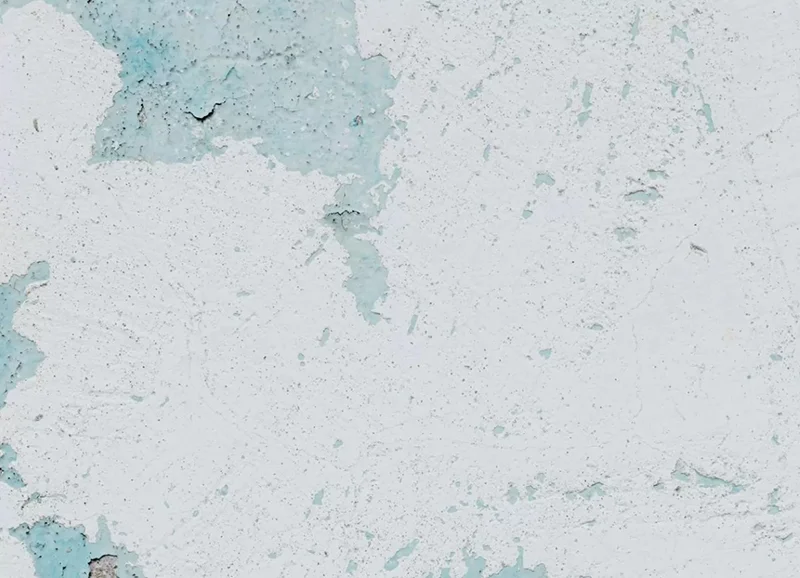Rising damp is a serious problem that homeowners need to stop or prevent altogether. Caused by water seeping into brickwork and masonry, rising damp can lead to dangerous structural damage and hazardous health issues.
Damp external walls can be just as serious as damp internal walls, yet harder to recognise.
In this article, the experts at CS Damp Proofing will explain how to spot and treat damp on external walls.
What Is Rising Damp on External Walls?
Rising damp is best defined as an upward movement of water from the ground into the walls of a building, spreading via capillary action. When this occurs, impending damage often starts on external walls before spreading inside the home.
Rising damp external walls can quickly become a problem both internally and externally, so learning how to stop damp on external wall can help you to contain the problem before it causes too much damage. If left untreated, external rising damp can cause damage to interior walls, floors and even ceilings. This can mean costly repairs, structural damage and potentially hazardous mould problems that can prove dangerous to the health of the occupants.
There are several signs you can look for that may indicate you have a rising damp external wall problem, including:
- Tide marks on external walls
- Discolouration on external walls
- Efflorescence or a white coating on external walls
- External walls are damp to touch
- Crumbling masonry or broken brickwork
- Growths of moss on the outside of the home
- Musty, mouldy smells around the home
With time, you’ll notice damage to your home’s interior, as the rising damp gradually moves inwards. In addition to some of the signs found on damp external walls manifesting indoors, you might notice peeling plaster and paint, lifting floorboards and mould growth on internal walls.
How to Stop Rising Damp on External Walls
If you notice any signs of rising damp, contact a professional immediately for a damp survey, as they’ll be able to recommend the best methods for damp proofing external walls.
The most effective ways to treat a damp external wall are:
- Isolating the source of the damp, be it a broken drainpipe, flooding, etc.
- Removing and replacing damp masonry or bricks affected by rising damp.
- Injecting a chemical damp proof course into the external walls, thereby creating a waterproof barrier to stop rising damp from reoccurring in the future.
- Removing soil from around the base of an external wall to bring it below any existing damp proof course.
- Installing a new damp proof membrane at the base of the home to prevent groundwater from travelling upwards.
Contact CS Damp Proofing
Treating damp on external walls is crucial to ensuring the health and safety of a home’s occupants. Contact our team on 01765 452510 or fill out our online contact form. Our experts are ready to advise you on damp proofing external walls and addressing all of your home’s damp problems.

